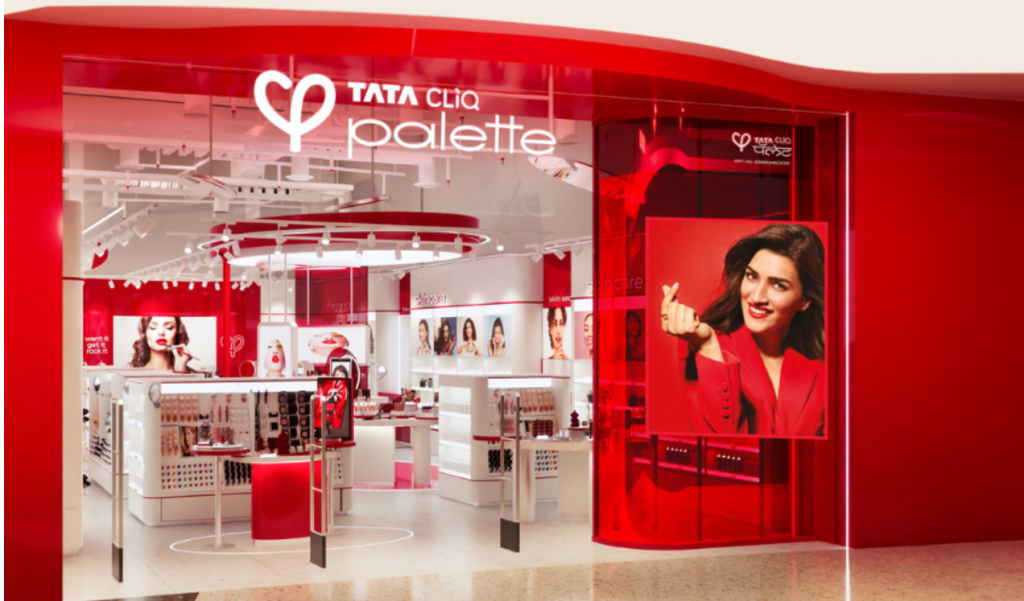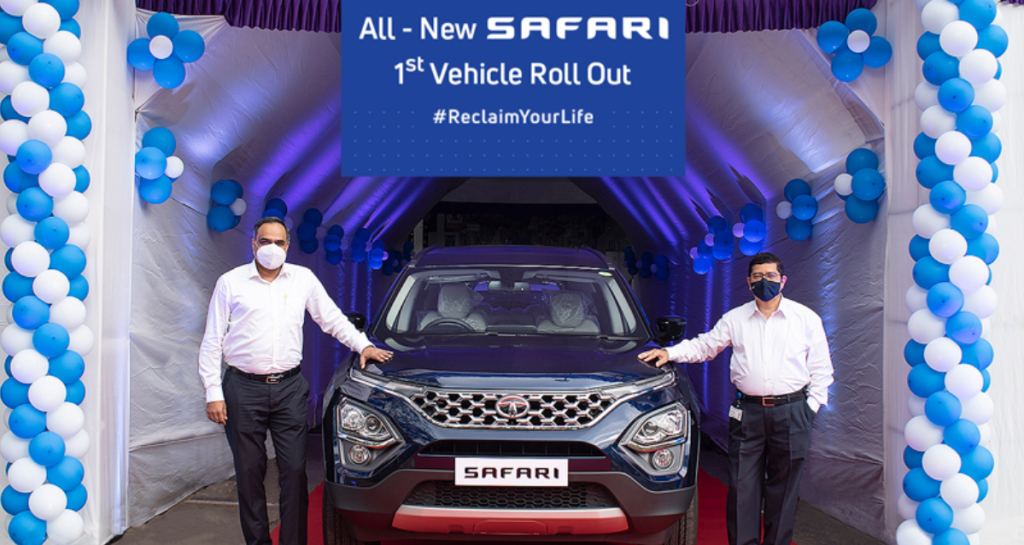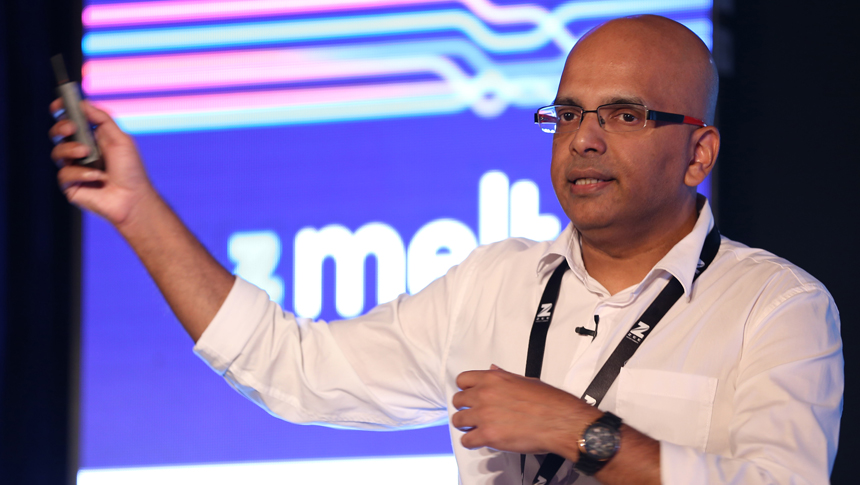Experiential marketing in India is evolving, changing the way brands connect with their audiences. This approach, which goes beyond traditional advertising, is becoming central to creating meaningful and memorable interactions. From immersive pop-up stores to interactive digital experiences, brands are discovering new ways to engage consumers.
As technology advances and expectations shift, experiential marketing is becoming an essential strategy for building deeper connections. Let’s explore how these innovative methods are shaping the future of experiential marketing in India.
Embracing technological innovations
Brands are increasingly harnessing technology to create immersive and engaging experiences, particularly through Augmented Reality (AR) and Virtual Reality (VR). These technologies allow for interactive and innovative marketing strategies that captivate audiences in new ways. According to Statista, the AR and VR market is set for significant growth, with an expected annual rate of 9.74% from 2024 to 2029. The market is projected to reach a volume of US$62.0 billion by 2029. This growth reflects the expanding role of AR and VR in transforming brand experiences.

A prime example is Tata CLiQ Palette’s new retail store in Navi Mumbai. This innovative store blends AR-led makeup trials and skin analyser mirrors, allowing customers to virtually try on makeup and receive detailed skin analysis. Such technological innovations not only boost customer engagement but also build better brand connect.
Also Read: How Agencies Fuel Creativity Beyond Campaigns
Immersive and multi-sensory experiences
Immersive experiences have always been a hit with customers and brands have been trying to create that with innovation. A notable example is Maybelline’s 360-degree film for Amazon India Fashion Week. This campaign utilised augmented reality (AR) to showcase their makeup collection in a unique way.
Through AR, viewers could explore the makeup products from all angles using their phones or VR headsets. This allowed them to interact with and examine the collection in a detailed, virtual environment. By offering a comprehensive 360-degree view, Maybelline enhanced the consumer experience, making it more engaging and interactive.

Apple’s flagship stores are prime examples of multi-sensory experiences in retail. These stores are designed to engage all five senses, from the sleek, modern packaging to the overall store aesthetics. Every detail, such as the layout, lighting, and even the scent, is thoughtfully curated to create a cohesive and immersive environment. By focusing on these sensory elements, Apple effectively engages customers in a way that transcends traditional product interactions.
Also Read: Exploring Indian CSR Campaigns
Phygital integration
Phygital integration blends physical and digital experiences, reshaping experiential marketing. This approach combines real-world events with interactive digital elements. The ‘Ginaissance’ of Indian gin brands exemplifies this approach. Indian gin brands like Greater Than and Samsara use this strategy effectively. They host physical tastings and events while enhancing the experience through social media and digital platforms. Virtual tastings, interactive storytelling, and social media campaigns extend the reach of their physical events.

They also use AR and QR codes at events, where attendees can scan these codes to access exclusive digital content or join interactive activities. This creates a richer, more engaging experience. Phygital integration offers flexibility and creativity, allowing brands to connect with consumers in new, dynamic ways.
Also Read: How AI Personalisation Is Changing Customer Experience?
At scale personalisation
At scale personalisation is only going to get big in future because it uses data and technology to tailor experiences to individual preferences. In 2021, Tata Motors launched the Tata Safari Imaginator suite, a platform that exemplified how brands could deliver highly personalised experiences on a large scale.

This suite allowed potential buyers to explore and customise Tata Safari to their preferences. Users could choose from various features, colours, and configurations, and view their selections in a 360-degree virtual environment. This interactive tool let customers see detailed aspects of the vehicle, from its interior to its exterior. The platform also utilised advanced AI and data analytics to enhance personalisation and now, in 2024, you see a lot of brands following similar approaches.
Also Read: Challenges Of Market Segmentation In India
Conclusion
Experiential marketing in India is booming, offering brands a golden chance to make genuine connections with their audiences. By blending the latest technology, creating immersive phygital experiences, and personalising interactions, brands can craft memorable moments that resonate deeply with consumers.
On a similar note, at Melt, we spoke with Chandrika Jain, Marketing Director at Lenovo India. We discussed the role of experiential marketing for tech brands and explored strategies for marketing tech products. Watch the full video to know more!
